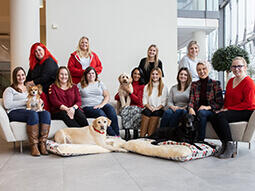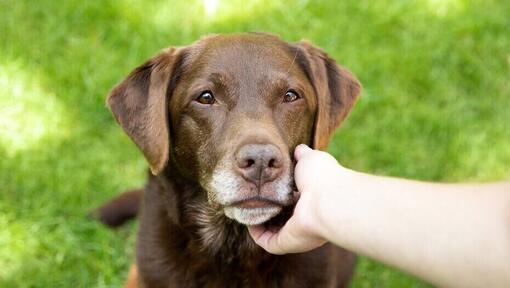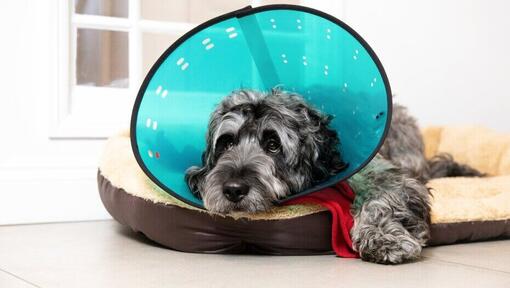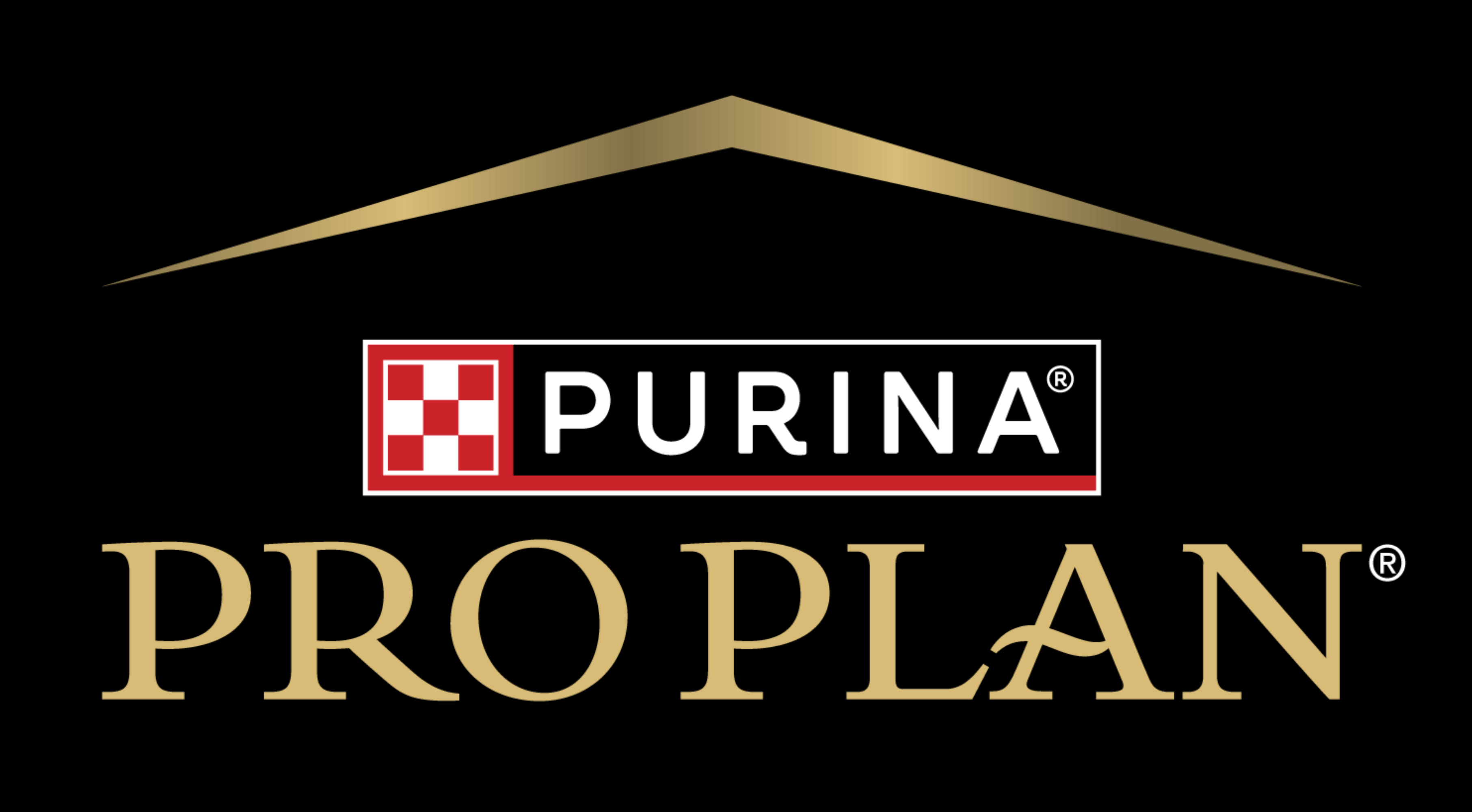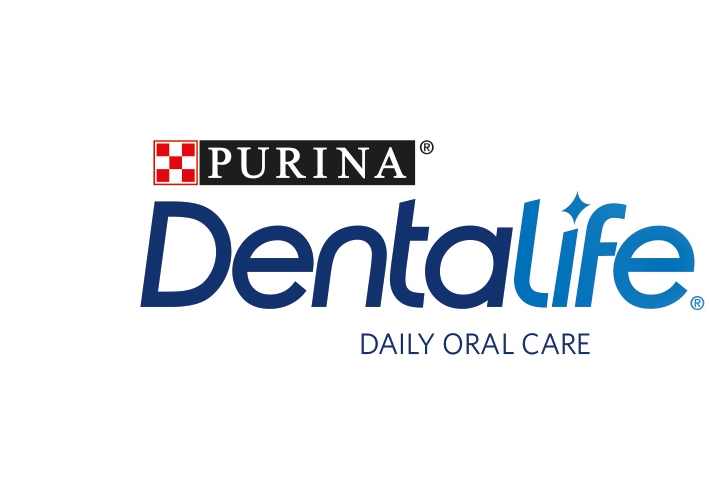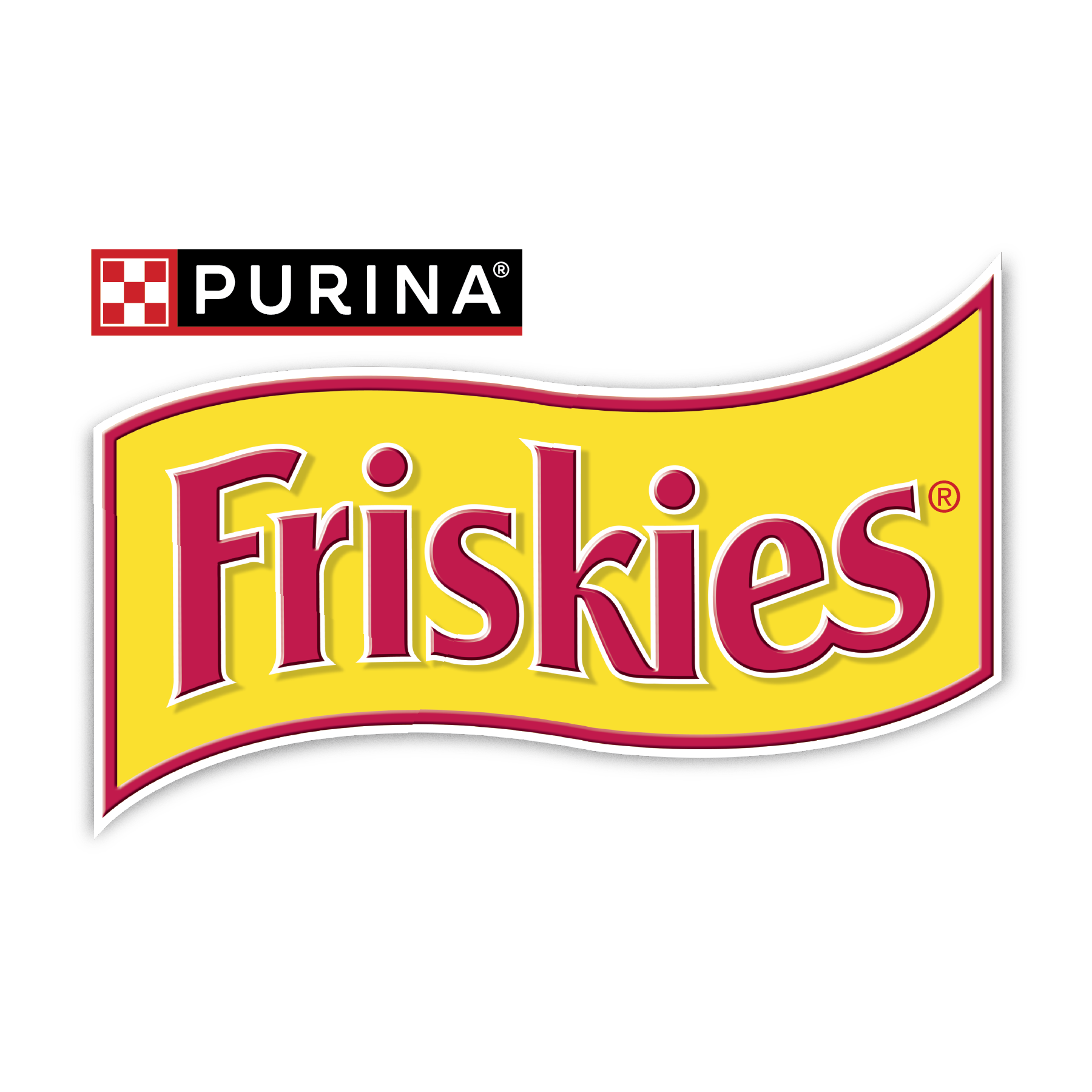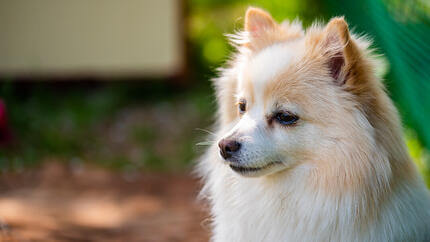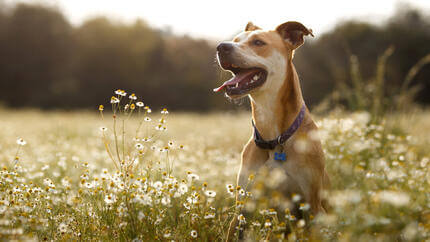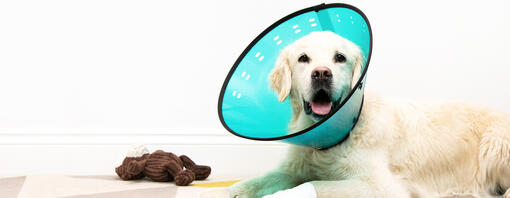
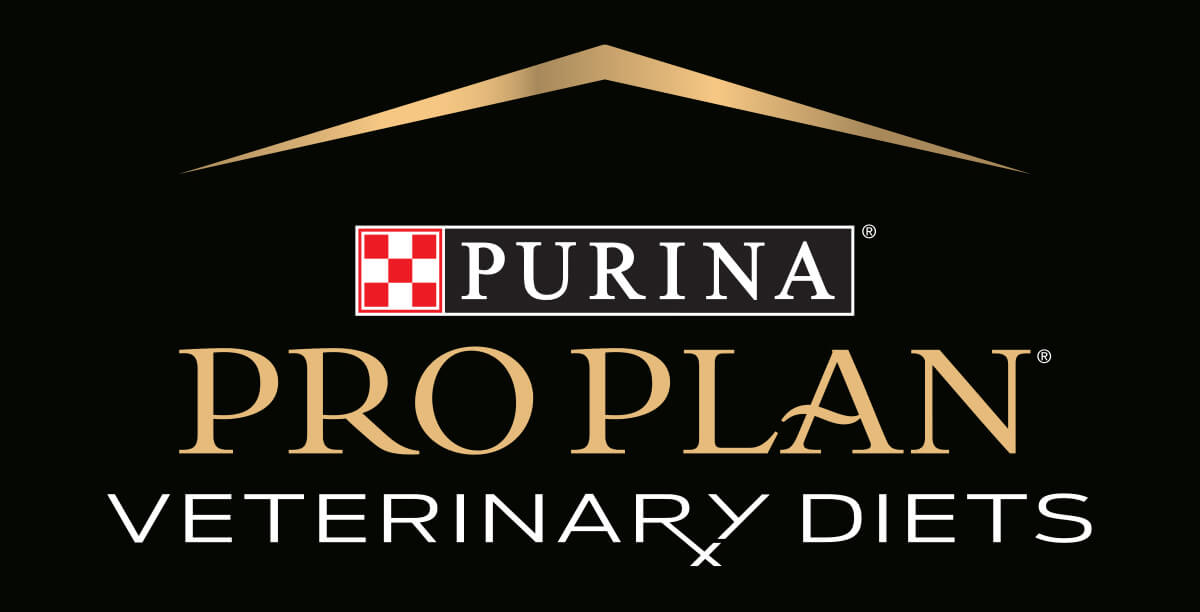
If your four-legged friend has to have surgery, it can be helpful to know what to expect post-dog operation so that you can make your pet as comfortable as possible. Your vet will give you specific advice relating to your particular pet’s ongoing treatment and recovery, to help them get back their usual selves.
Dog surgery is a stressful time for the entire family. It’s not just worrying about the operation itself, it’s also what happens once your dog has undergone the procedure. Trying to make them as comfortable as possible as they’re recovering can be a bit daunting. From the anaesthetic effects to keeping your dog’s bandages dry and in place, here is what you can do to help your dog through a speedy recovery.
Collecting your dog after surgery
When you go to collect your dog after surgery, expect them to be a little sleepy if they’ve had a general anaesthetic. The vet will have given them something small to eat and some painkillers, so they may be a bit wobbly on their feet.
You’re likely to be given some dog medication to take home with you such as anti-inflammatories, antibiotics and pain relief. Speak to your vet if you have any questions about how to give them their medicine.
When you get them home it’s likely that your dog will just want to head straight to bed to sleep off the effects of the anaesthetic, so make sure they get some peace and quiet without being disturbed. Soon afterwards, they should be pain free, comfortable and happy to eat again.
Occasionally the disorientation can cause some dogs to show aggressive behaviour after their operation. This should only be temporary but if it lasts for more than a few hours, it could suggest they’re in pain. If you have any concerns about the dog operation, your pet’s after-care, their aggressive behaviour or their recovery – or if your pet’s not back to normal after 12 hours or so – do get back in touch with your vet.
Feeding after dog surgery
Feeding your dog after operation will likely be different to the normal routine. Dogs, like humans, can feel nauseous after waking up from an anaesthetic so, after their operation, give your dog a small evening meal of something light, such as cooked chicken or fish. If that's not possible, then feed them just a quarter of their regular food portion. Your vet may give you a specific type of food, developed specially for dogs after surgery. Give them this food for their first few meals, or for as long as your vet recommends but, as soon as possible, get them back onto their normal, high quality food as this will help speed up their recovery. As always, make sure your pet has easy access to clean, fresh water at all times after their dog operation.
Exercise as part of your dog’s surgery recovery
The usual dog exercise routine will likely have to change as well. Your vet will tell you what sort of exercise your dog can return to, and how soon, depending on the type of dog surgery they’ve had. For example, if your dog had stitches post dog operation, they will need to be kept on a lead and only allowed the very minimum amount of exercise - ideally just a walk in the garden to go to the toilet - until a few days after the stitches have been removed. They will also need to be discouraged from jumping onto furniture and going up and down stairs. Always follow your vet’s instructions on exercise.
Following orthopaedic surgery, your dog may need to be on restricted exercise for even longer and may even need strict crate rest. Make sure your crate is big enough for your dog to sit up straight and move comfortably - but not so big that they can run around.
You should take your dog out for regular toilet breaks, but put down newspaper in case they can’t make it and change their bedding regularly so that it’s nice and fresh for them to relax in.
Always leave a bowl of clean water in the crate and check regularly to make sure it’s not been knocked over. Crate rest can be hard on both of you, but the more you can restrict them, the quicker their recovery will be and the lower the risk of them hurting themselves. If your vet has asked you to restrict your dog to crate rest it’s for a reason – they want your dog to get better as much as you do! Keep your dog in their crate for as long as your vet recommends, even if they seem better.
Looking after bandages post dog surgery
It’s very important that you keep dog bandages dry so they don’t cause any further damage. Even if your dog is simply going out to the garden to go to the toilet, you will need to tape a plastic bag over the bandage to protect it. Your vet may give you a drip bag, made of tough material, to use instead. Remember to remove the bag as soon as your dog is back inside as it's dangerous to leave a plastic bag on your dog's foot for too long, as moisture can build up inside and cause health problems – much like when our fingers prune in the bath!
If you notice any unpleasant odours, discolouration, swelling above or below the bandage, limping or pain get in touch with your vet straight away. It’s also important to stick to your specified check-up dates with your vet to make sure that your dog’s surgery recovery is on track. In the meantime, if the dog bandage comes loose or falls off, don’t be tempted to rebandage it yourself. If it’s too tight, it could cause problems so take your dog back to the vet and they will be happy to redo it for you.
Plastic collars on dogs
To prevent your dog from licking, biting or scratching their wound or bandage, it’s a good idea to get them a funnel-shaped collar known as ‘Elizabethan’ or ‘Buster’ collars. Until recently these were generally made of plastic, but softer fabric collars are also now available and your dog may find these more comfortable. The fabric collars are also kinder on the furniture and any passers-by - an exuberant dog with a plastic collar can be quite destructive! It's important to leave their collar on all the time, especially at night and whenever your dog is left alone.
Your dog should soon get used to wearing their new accessory, but make sure it doesn't hinder them eating or drinking. If it does, you’ll need to remove the collar at meal times and whenever your furry friend wants a drink of water.
Some dogs just can’t get used to the collars, and find them distressing. If that’s the case with yours, let your vet know as they may have alternative ideas. If you follow these tips to care for your dog after surgery, and your vet’s advice, your pet should have a speedy recovery and soon be ready for playtime again!
Find out more about cones and why dogs wear them with our easy guide, next.
More articles by Pro Plan Vet Diets

